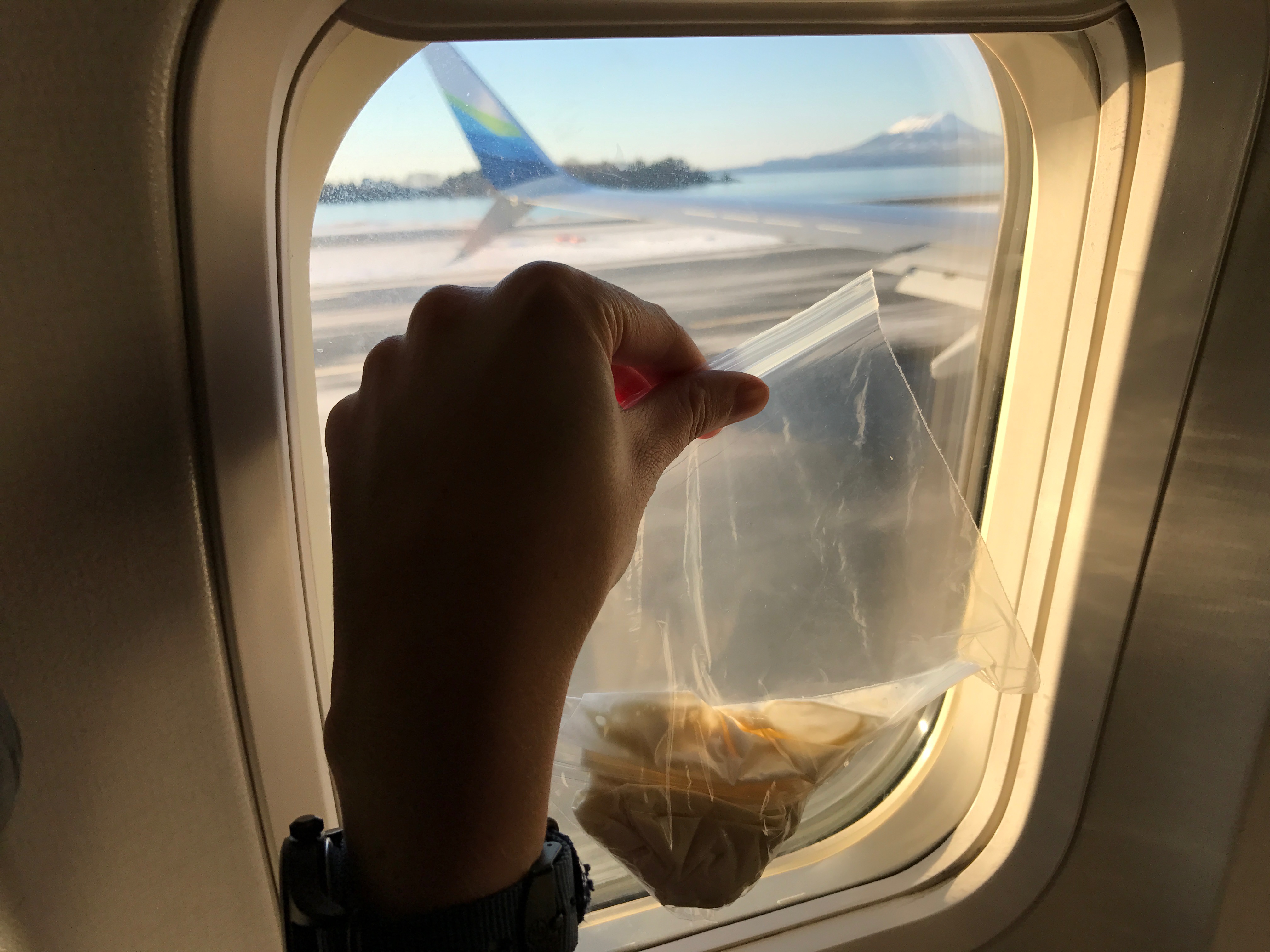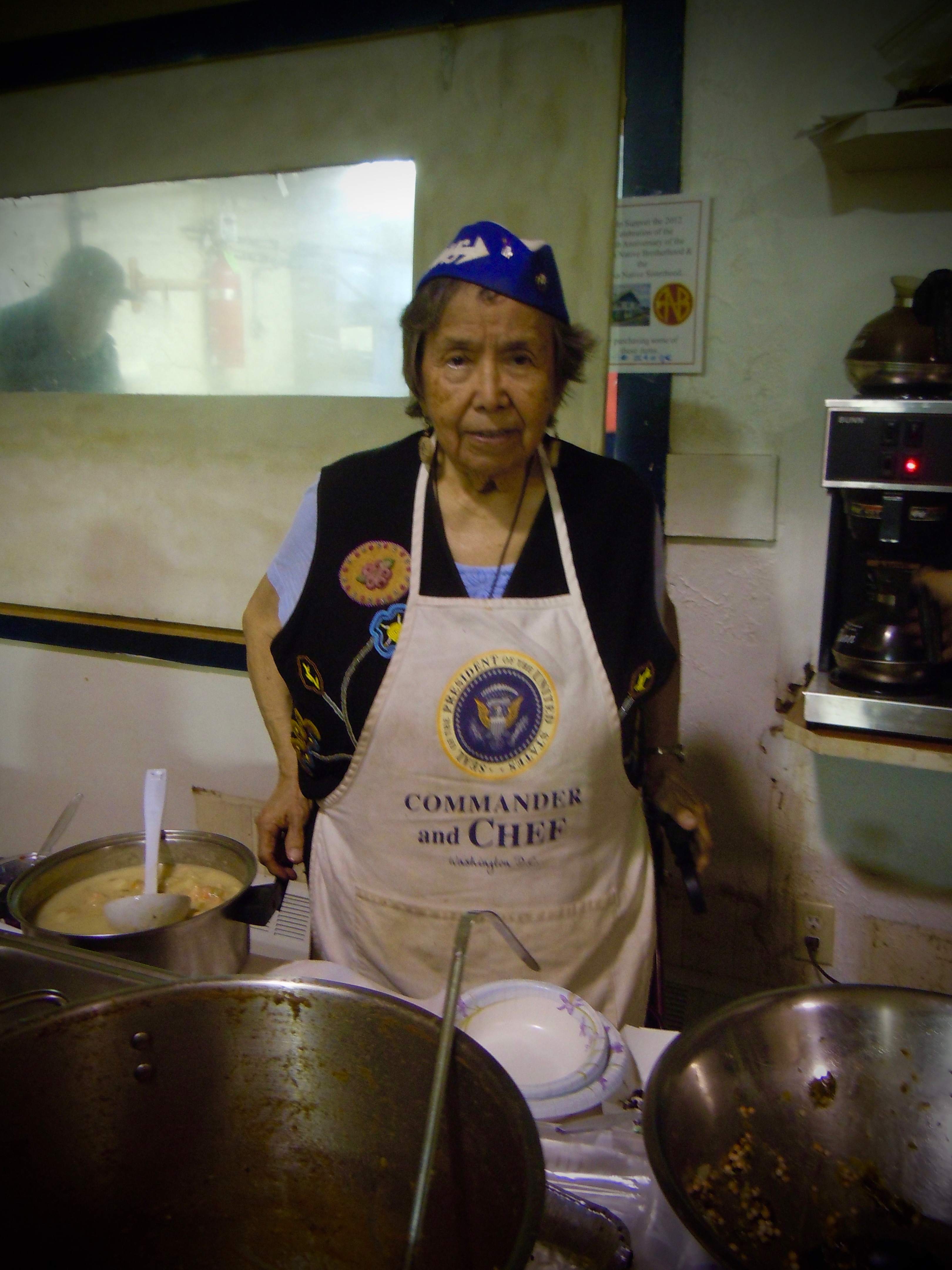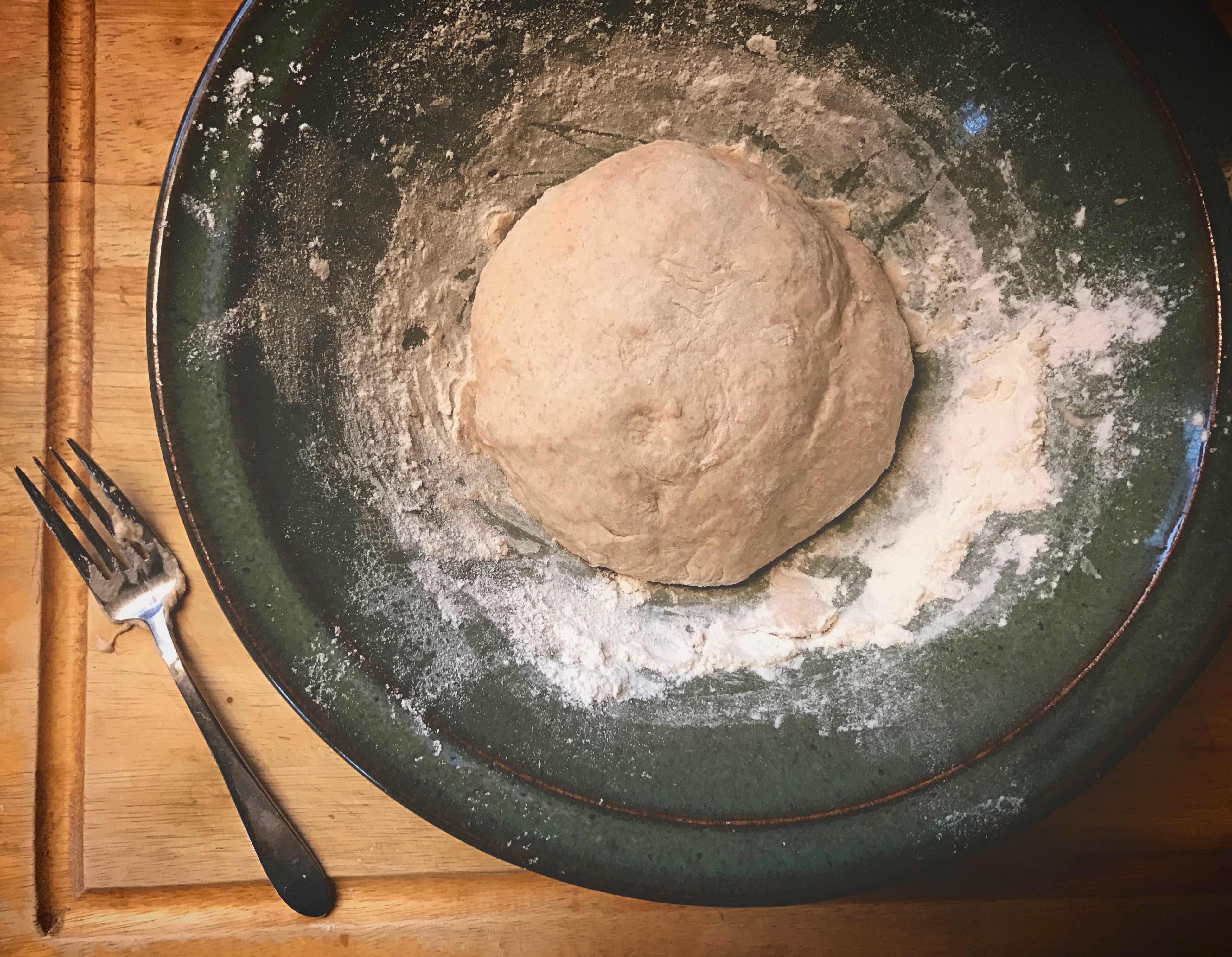
If you’ve ever flown home for the holidays you know it’s no easy feat– with everything from weather delays to wailing infants. But what’s it like to travel with a companion that’s more than 100 years old and could explode at any moment? KCAW’s Emily Russell flew home for the holidays with a living, breathing, centuries-old jar of sourdough starter and has the story.
Audio transcript:
RUSSELL: “I am here at the airport in Sitka, Alaska. I’ve got my bag checked in. I’m heading home to Massachusetts for the holidays, but I’ve got a bit of a journey ahead of me today. First, I have an hour-long flight to Ketchikan and then a couple-hour flight to Seattle and then a five-hour red-eye to Logan International Airport in Boston. And, of course before all of that, I have to get through security.”
NARRATION: I take off my shoes, take out my laptop, and slide everything up to the mouth of the X-ray machine. My nerves get the best of me and I blurt out about one belonging in particular.
RUSSELL: “I’m traveling with sourdough starter, 3.4 ounces or less of it.”
TSA AGENT: “Just pull it out. You can have it, just pull it out.”
NARRATION: Fifteen long seconds later, the bin emerges on the other side.
RUSSELL: Alright, well we made it through unscathed. The only thing that actually got a second look [from security] was my recording equipment. So, sourdough is all safe and sound and back with me. I feel good!”
NARRATION: So, security didn’t seize my sourdough starter. But that X-ray machine– that’s small potatoes compared to the challenge of actually keeping this thing alive for the next 12 hours.
Without food or oxygen this thing could die. During Alaska’s gold rush, miners would go months or even a year without a resupply of food, so to get your bread or biscuits to rise you had to keep your starter alive year-round.

LOUISE BRADY: “The business of sourdough is very serious. “My Tlingit name is Yaayeetaawdulgéin. I am Kiks.ádi from Sitka and grandchild of the Kaagwaantaan clan.”
NARRATION: The starter Louise Brady grew up around was alive long before she was even born. It was passed down through her family, ultimately ending up with her mother, Isabella Brady.
BRADY: “She was definitely the queen of sourdough.”
NARRATION: She would make sourdough pancakes every Saturday, Brady says, until she was in her eighties. Sometimes 30 or 40 people would show up.
BRADY: “Her sourdough pancakes were really light and very sweet, just the perfect combination of flour and sugar and came out beautifully browned– just amazing.”
NARRATION: Isabella Brady passed away a few years ago, but the tradition– getting together over sourdough– still lives on in some Sitka homes.
Before leaving town for the holidays, I stopped by a friend’s house for sourdough waffles, which are dished up every Sunday. Even the conversation centers around the stuff.
LIZ WILL: “In Fairbanks, I think it all came from the Chilkoot Trail, but here it all came from the Chicagof Mine.”
NARATION: Liz Will is not exactly a sourdough queen. She won’t even confess to being an expert, but she does know a thing or two about traveling with starter.
WILL: My daughter has taken some of our family’s sourdough down to Antarctica in field camp and up north [to Fairbanks] in field camp.”
NARRATION: So, before I packed up for my own trip home, I asked Will for some advice.
WILL: “Just keep feeding it. Trying talking to it, maybe. ‘Grow! Grow, please!’”
NARRATION: I didn’t exactly talk to it, but I did check on it every few hours. At the end of the trip it looked about as deflated as every other passenger on my red-eye into Boston.
But like most after a long day of travel, all it takes is a few days of rest and some good food to feel yourself again.

In the comfort of my mom’s warm kitchen the final test of the trip is here. I mix the sourdough starter with flour, water, and a bit of salt. I pop it in the oven for about 40 minutes, until the smell of fresh bread fills the house.
I slice two pieces, and hand one to my mom.
MOM: “It’s very good. Good bread. Do you want to have more?”
RUSSELL: “More bread? Do you want more?”
MOM: “Yeah.”
NARRATION: The request for seconds? That says it all.
Emily Russell is the voice of Alaska morning news as Alaska Public Media’s Morning News Host and Producer.
Originally from the Adirondacks in upstate New York, Emily moved to Alaska in 2012. She skied her way through three winters in Fairbanks, earning her Master’s degree in Northern Studies from UAF.
Emily’s career in radio started in Nome in 2015, reporting for KNOM on everything from subsistence whale harvests to housing shortages in Native villages. She then worked for KCAW in Sitka, finally seeing what all the fuss with Southeast, Alaska was all about.
Back on the road system, Emily is looking forward to driving her Subaru around the region to hike, hunt, fish and pick as many berries as possible. When she’s not talking into the mic in the morning, Emily can be found reporting from the peaks above Anchorage to the rivers around Southcentral.




